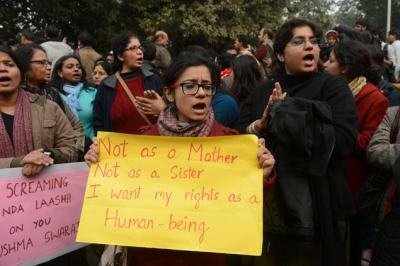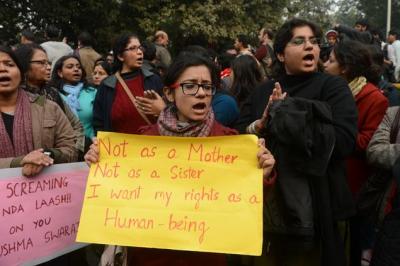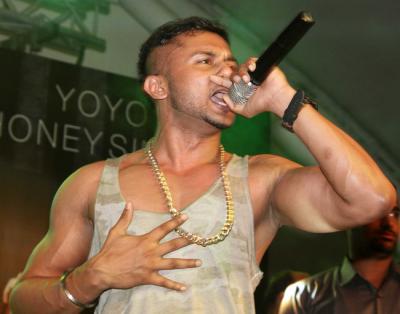 When winter turns to spring, the trees wake up from their cold slumber as tender leaves sprout from their fragile branches, adding colour to a body that stands like a bare canvas. The ground begins to thaw as life breathes through its pores, ready to face the onset of a new year. As we say goodbye to the three years that defined our outlook towards life, our branches shake off the protective layer of ice that kept us insulated from a world where we need to dig our roots deep into the soil, choosing our own paths and charting the course of our future.
When winter turns to spring, the trees wake up from their cold slumber as tender leaves sprout from their fragile branches, adding colour to a body that stands like a bare canvas. The ground begins to thaw as life breathes through its pores, ready to face the onset of a new year. As we say goodbye to the three years that defined our outlook towards life, our branches shake off the protective layer of ice that kept us insulated from a world where we need to dig our roots deep into the soil, choosing our own paths and charting the course of our future.
With barely a month left for the final exams to begin, our third year comrades prepare their resumes and compile their academic transcripts together in the race to get into the next phase of this never-ending journey. Some choose to fill out innumerable applications and sit for overwhelming entrances, while others run around hoping to get their professors to write letters of recommendation, smoothing the obstacle course set by foreign universities. Yet another set of aspiring adults choose to begin their budding careers, and a significant bunch take a year or two off to brainstorm on where to channel their passion.
Not all of us have enjoyed these three years. Many wait for those dreaded exams to end, the close of an old chapter and an eager turn to the next page. DU is a waste of three years, the education system is below average, many of the professors can’t speak properly, and the infrastructure is pathetic. Warnings have always rained on the years of the delusional juniors. However, what we don’t realise is that behind the dilapidated, rusted exterior, we still have special moments. Moments when we run out of our class to visit the momo or bhel puri wala before he leaves, a quick snack between classes. Moments when we take part in a competition with our friends at a popular college’s fest and come back penniless due to all the food we ate for lack of anything to do. In other cases, when we outshine everyone else and hold the trophy in our hands, a reminder that no matter how big the stage is, school, college or life, the things we’re passionate about never leave us feeling less than satisfied. All the friends you make, the parts of your college that you cherish the most, the teachers that made classes memorable for you thanks to their teaching, or even their mispronunciations.
an eager turn to the next page. DU is a waste of three years, the education system is below average, many of the professors can’t speak properly, and the infrastructure is pathetic. Warnings have always rained on the years of the delusional juniors. However, what we don’t realise is that behind the dilapidated, rusted exterior, we still have special moments. Moments when we run out of our class to visit the momo or bhel puri wala before he leaves, a quick snack between classes. Moments when we take part in a competition with our friends at a popular college’s fest and come back penniless due to all the food we ate for lack of anything to do. In other cases, when we outshine everyone else and hold the trophy in our hands, a reminder that no matter how big the stage is, school, college or life, the things we’re passionate about never leave us feeling less than satisfied. All the friends you make, the parts of your college that you cherish the most, the teachers that made classes memorable for you thanks to their teaching, or even their mispronunciations.
Growing up is never easy. It’s a constant headache as you wonder what’s in store for you. Yet the day you graduate, think of it as the time to let go of the past, and look ahead to your future. Cherish the memories you have created over the past three years, as these moments never come back.
Image Credits: Swadha Singh












